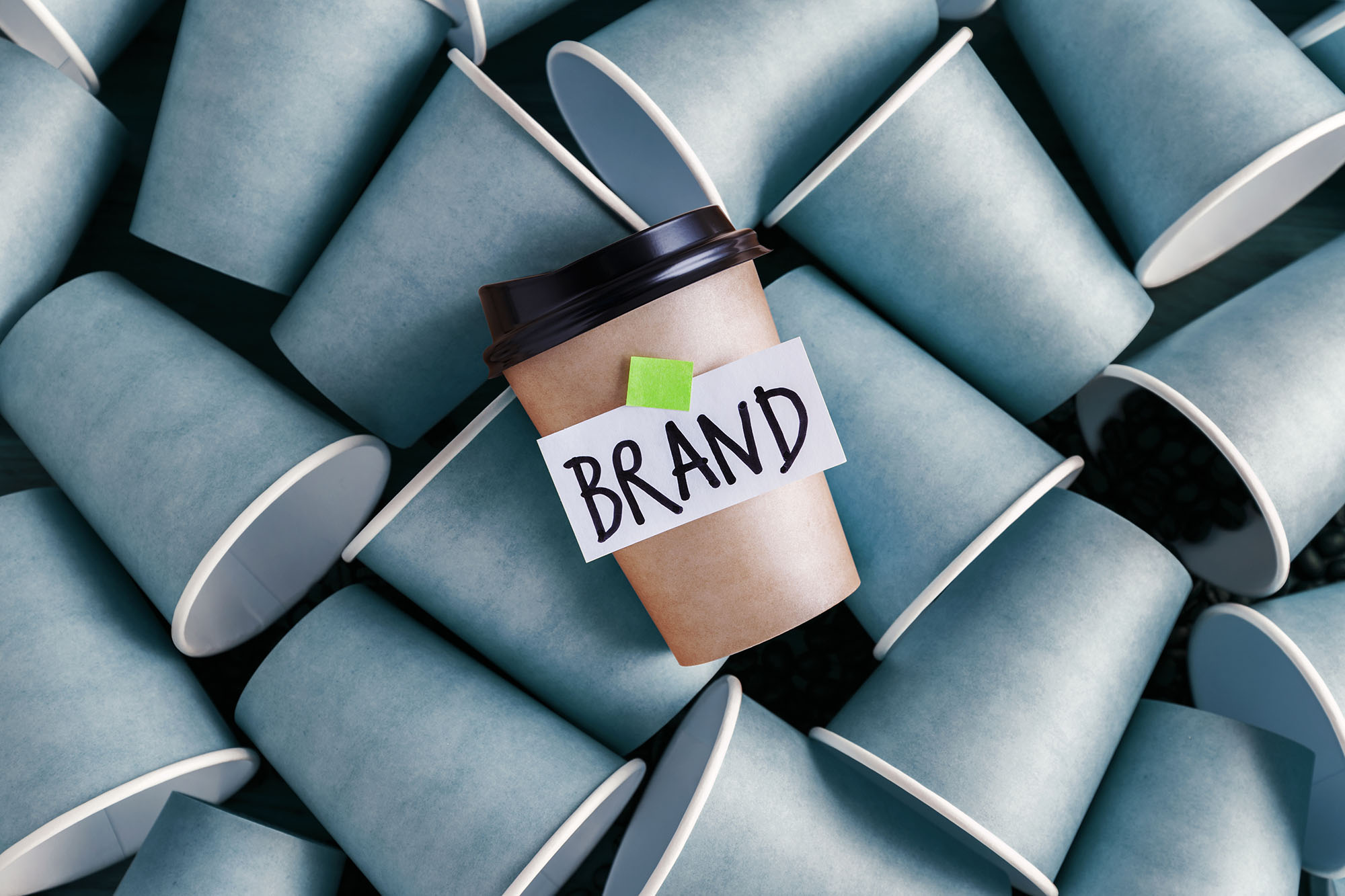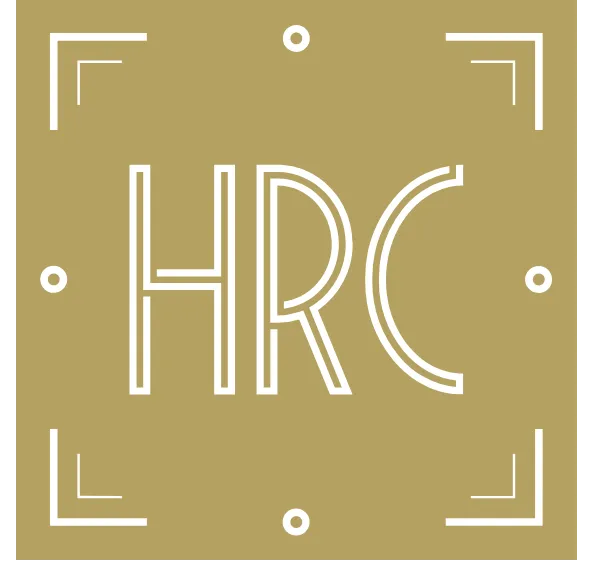
The Psychology of Packaging
Packaging is the gateway to a product. Ask any graphic designer, retailer, manufacturer or clued-up customer. All of them will agree. Every stage of that complex process called purchasing – searching, evaluating, selecting, buying, opening – starts and ends with packaging. Fact.
And while we should never judge a book by its cover, another fact remains: the design, quality and style of an object’s packaging goes way beyond product, brand, and corporate identity. At its honest best, packaging pushes into subtler, emotional realms, smoothing out confusion, alleviating consumer fears, or appealing to our sense of humour to secure the purchase and one happy customer.
Whoever, or whatever, that customer is – from uncle Bob to Auntie Beeb – getting the packaging right is absolutely critical to securing more of those purchases, increasing revenue and improving your brand identity. Understanding how packaging influences purchasing decisions at every level – emotional and practical – is the first step in getting your branding just right. Fact.
Quality and excitement
Like a bee drawn to a bright flower, we all respond differently to colours, images and shapes, but one thing we instantly sense from the look of a product’s packaging is quality. Too shiny, fussy or flimsy may give the customer a distinct impression the product is, well, ‘not quite for me, perhaps’.
Packaging made from good materials, defined by clear graphics and eye-catching typography is more likely to trigger a positive domino effect on behaviour, attitude, aspiration and motivation. Actions speak louder than words, and without saying anything, the message is clear: you are buying if not a great product, then one of substance, reliability and quality.
Excitement is a key part of the psychological mix – product, via its packaging, must trigger excitement, especially true for impulse buying. Our culture of consumption means temptation is increasingly getting the better of us. But only a perfect creative storm of shape, text, graphics and words will unleash the sudden, spontaneous and strong burst of acquisitive desire. That is the power of packaging. Fact.
Communication
The way packaging communicates with buyers is an important part of its impact on consumer psychology. The design of the packaging should tell buyers – either overtly or through subliminal cues – who the product is aimed at, what its USP is, and other pieces of key information likely to coax a buyer to make that all-important purchase.
They way to communicate these key markers is through easy-to-understand icons, common phrases and images, all of which find their expression in good packaging. The easier it is for consumers to understand what a product is and how it can benefit them, the more chance you have of closing the deal.
Conversely, however innovative, exciting or relevant your product is, if its packaging fails to convey this, it is unlikely to win the attention it deserves. Those who tack on packaging as a project afterthought or don’t invest the intellectual rigour from concept through to conclusion are on shaky ground from the word go. But those who anchor their box, bag, soft container or other form of packaging at the heart of a product launch or marketing push, are more likely to reap retail success. And that is an indisputable fact.



